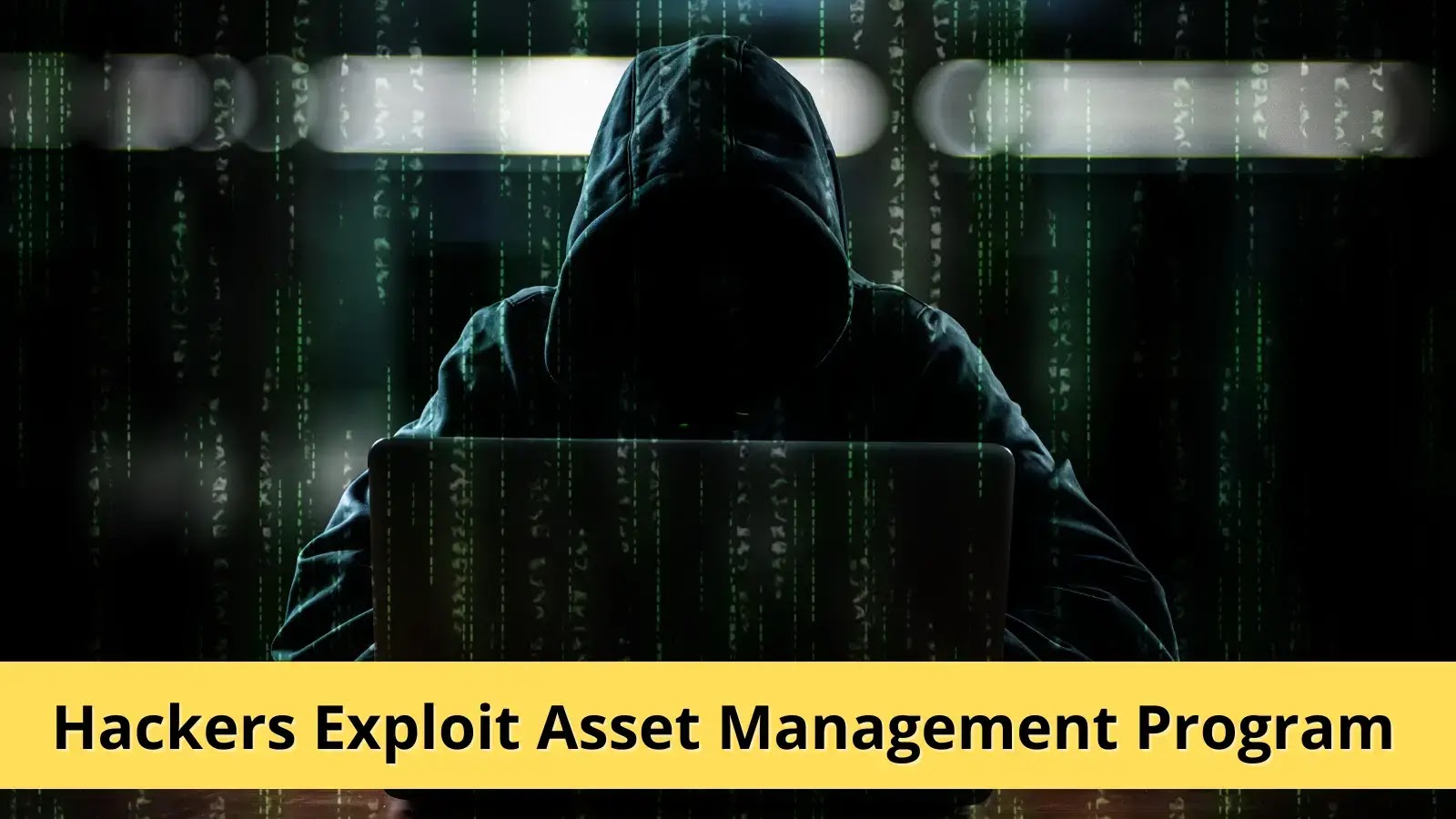How Samsung Knox Suite enables best-in-class security and device management for financial services
Security and compliance are common concerns for IT leaders in the financial services industry — but over the last few years, they’ve become top priorities, with businesses facing a significant spike in cybersecurity threats.
Given the rise of the hybrid workplace, mobile devices and tablets allow employees to stay connected, whether they are in the office, out in the field or meeting with customers. However, financial services companies are subject to a range of regulatory requirements around data protection and security on their devices. This puts extra pressure on financial firms to secure their data, enforce IT policies and protect those devices against malicious actors and threats.
Still, research shows that about 25% of malware attacks target financial services companies. In 2023, 64% of IT and cybersecurity professionals in the financial industry were hit by ransomware. With many financial workers now splitting their working days between the office, home and client visits, IT leaders and their teams are facing increased pressure to secure mobile devices regardless of where they are.
Samsung Knox, which is built into Samsung Galaxy mobile devices, tablets and wearables, protects business data for financial services and other regulated industries with government-grade protection. Samsung Knox offers mobile security, unified endpoint management, and fraud and theft protection to businesses. The platform is trusted for robust, government-grade security, with its defense starting at the hardware level and continuing to protect against the most advanced security threats.
Secure, deploy and manage data with Samsung Knox
IT leaders can use Samsung Knox Suite to manage various devices from a central location and a…



